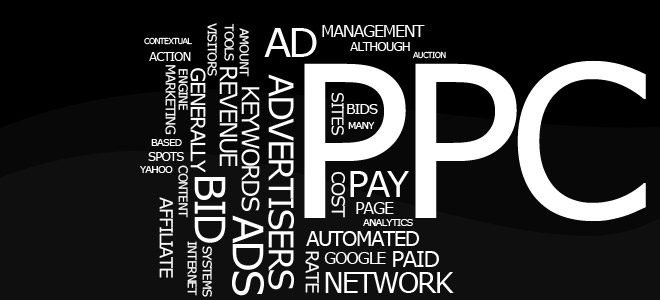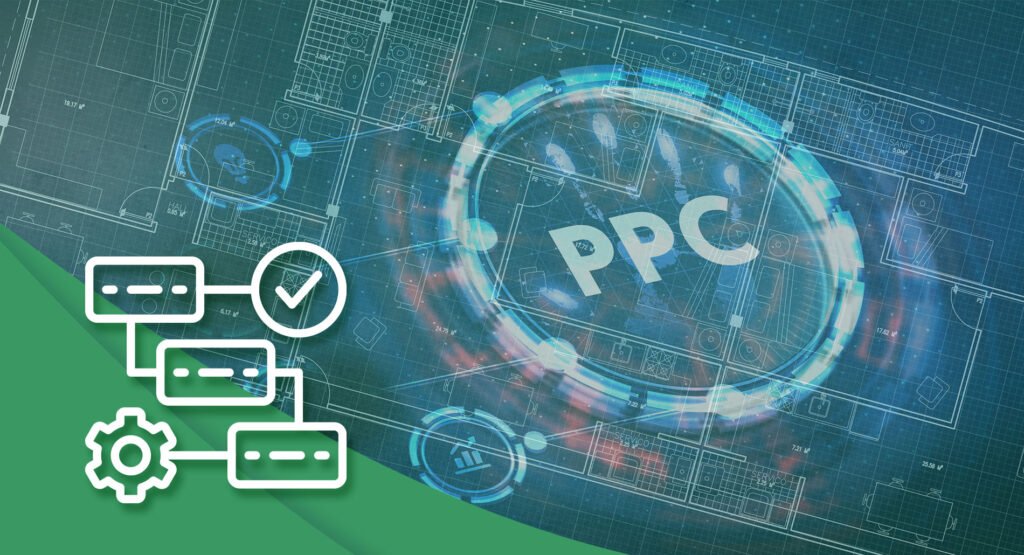You’re spending thousands on ads, but which touchpoints actually drive conversions? Most marketers rely on last-click attribution, missing 70% of the customer journey.
Smart businesses, including those using london ppc services, now embrace multi-touch attribution to uncover the complete picture of campaign performance.
What Attribution Modeling Means?
Attribution modeling tracks how customers interact with your brand before converting. Think of it as a detective story – every touchpoint leaves clues about what influences purchase decisions.
Traditional last-click attribution gives 100% credit to the final interaction. But research shows customers typically engage with 6-8 touchpoints before buying. You’re essentially throwing money at campaigns that look successful while starving the ones doing heavy lifting.
First-touch attribution credits the initial interaction. Linear attribution spreads credit equally across touchpoints. Time-decay models give more weight to recent interactions. Each tells a different story about your marketing effectiveness.
Multi-Touch Analysis Techniques That Work
Position-based attribution assigns 40% credit to first and last touches, distributing the remaining 20% among middle interactions. This model recognizes both discovery and conversion moments while acknowledging the nurturing process.
Algorithmic attribution uses machine learning to analyze conversion paths. Google’s data-driven attribution compares converting and non-converting paths to identify the most influential touchpoints. Companies using this approach report 15-30% improvement in campaign performance.
Custom attribution models let you assign specific weights based on your business goals. A B2B company might weight demo requests heavily, while e-commerce focuses on cart additions.
| Attribution Model | Best For | Accuracy Level |
| First-Touch | Brand awareness campaigns | Medium |
| Last-Touch | Direct response marketing | Low |
| Linear | Long sales cycles | Medium |
| Data-Driven | Complex customer journeys | High |
Reading the Customer Journey Map
Your attribution data reveals customer behavior patterns that transform campaign strategy. Path length analysis shows how many interactions customers need before converting.
If your average path has 12 touchpoints, single-touch attribution completely misrepresents campaign value.
Channel interaction sequences highlight which combinations drive conversions. You might discover that social media followers who later click email campaigns convert at 3x higher rates than email-only contacts.
Time lag analysis reveals how long customers take to convert after first contact. B2B companies often see 3-6 month conversion cycles, while impulse purchases happen within hours.
Look for assist conversions – interactions that don’t get last-click credit but influence purchases. Display ads might generate few direct conversions but assist 40% of total sales. Without attribution modeling, you’d cut a profitable channel.
Making Sense of Your Attribution Data
Start by comparing different attribution models on the same campaigns. If last-click shows social media driving 10% of conversions but first-touch shows 35%, your social strategy needs adjustment.
Conversion path reports in Google Analytics reveal customer journey patterns. Filter by high-value segments to understand how your best customers discover and engage with your brand.
Cross-reference attribution data with customer lifetime value. Channels that attract low-value customers might look profitable under last-click attribution but drain resources long-term.
| Metric | Last-Click View | Multi-Touch Reality |
| Email Marketing ROI | 250% | 180% |
| Social Media ROI | 85% | 320% |
| Display Advertising ROI | 45% | 220% |
Building Your Attribution Strategy
Choose attribution models that match your business objectives. E-commerce sites with short sales cycles can use simpler models, while B2B companies need sophisticated multi-touch analysis.
Set up proper tracking across all channels. Use UTM parameters consistently, implement cross-domain tracking, and ensure your analytics captures offline conversions. Missing data creates blind spots that skew attribution results.
Test different attribution windows. A 30-day window might miss assisted conversions, while 90 days could include unrelated interactions.
Most businesses find 45-60 day windows capture meaningful customer journeys without noise.
Monitor attribution changes over time. Customer behavior shifts, new channels emerge, and seasonal patterns affect journey length.
Review your models quarterly and adjust based on performance data.
The companies winning with attribution modeling don’t just collect data – they act on insights.
When you understand which touchpoints truly drive conversions, you can optimize budget allocation to focus spending on high-impact activities rather than vanity metrics.


